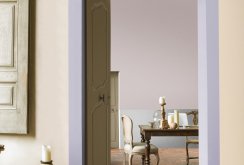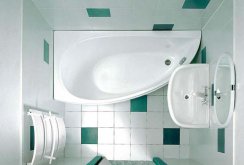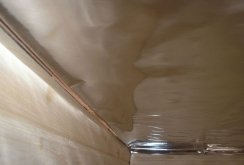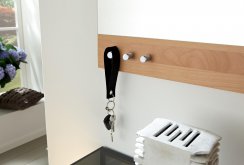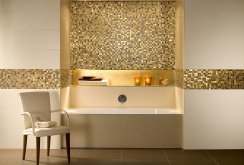What are the toilets? Secrets of a perfect purchase
The toilet is an important component of the bathroom. No modern person, in fact, can do without the device so much needed and valuable from the point of view of comfort. Any catalog of plumbing is replete with a variety of goods. There are a lot of products, but they are separated not only in shape, size and price. There are many parameters that need to be understood and taken into account when buying plumbing equipment. Our brief review will help you better navigate this issue.By type of bowl
The shape of the toilet bowl determines such important qualities as comfort, hygiene, and functional potential. In terms of geometry, there are many varieties, each of which is differently embodied in reality by one or another manufacturer. The main types:- Funnel-shaped. The design is characterized by a high degree of hygiene, flushing is always thorough and instant. The disadvantage is the formation of a surge;
- Dish-shaped. The toilet is formed by a flat platform like a “plate”. Waste is eliminated only with a stream of water. The model is usually positioned as an obsolete look, characterized by a low degree of hygiene, in comparison with more ergonomic and modern products;
- Visors. The most popular form among foreign and domestic manufacturers. The design is complemented by a special protrusion. Its role is to prevent spillage and accumulation of waste on the walls of the device.
By flushing
Flushing also plays an important role, determining a number of key parameters in the operation of the product. Modern designs can be decorated with the following types of flushes:- Direct flush. The flow of water, cleansing the surface of the bowl and eliminating its contents, is carried out only on one side of the bowl. The design is particularly durable, but it does not provide cleaning of the canvas at 100%. The main advantage is the low price;
- Circular flush. The organization of the drainage system is constructed in such a way that water flows from all sides, spinning in a powerful funnel. Thus, over 95% of the entire surface of the bowl is processed. Advantages - the device works almost silently, creates a spray effect. The disadvantage is that for functioning you need more water, high cost.
For release into the sewage system
Depending on how the entrance to the sewer system is located, the type of structure is selected.By inlet into the system, devices are classified as follows:- Vertical tap;
- Horizontal tap;
- Oblique retraction.
By type of materials
Toilet bowls have been made for many decades from a wide variety of materials. Potential buyers have plenty to choose from, guided by the requirements for operation and the aesthetic properties of the device. The main materials:- Faience. The oldest type of raw material used in the production of toilets. It is quite fragile, prone to cracks and chips, inconvenient to operate. The only significant advantage is the extremely low price for a product of a similar profile;
- China. Durable, easy to clean products. Porcelain is durable, so the toilet can be used both at home and for the design of public bathrooms. The main disadvantage is the high cost of such goods;
- Steel, cast iron. Metal plumbing is most appropriate in public toilets. The devices are incredibly strong and durable, fairly easy to clean. The exception is only cast iron coated with glaze, since chips are quickly formed on such a surface;
- Glass, stone. Glass, stone (artificial and natural material) products look very stylish and modern. However, the glass is very fragile, for operation it is recommended to choose only expensive products from ultra-strong raw materials.
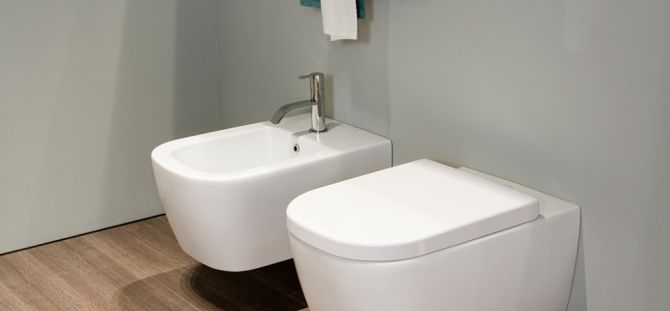
 Bathroom design without a toilet (52 photos): convenience and comfort
Bathroom design without a toilet (52 photos): convenience and comfort

